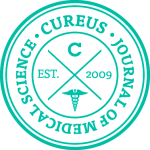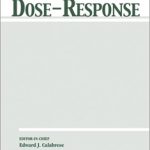Jimmy Ko, Jennifer I. Lee, Anne Muñoz-Furlong, Xiu-min Li, Scot
Use of complementary and alternative medicine by food-allergic patients
Ann Allergy Asthma Immunology , 2006, 97 (3), 365-369
Background: Interest in complementary and alternative medicine (CAM) is increasing. Use of CAM in food-allergic patients has not previously been evaluated.Objectives: To determine the prevalence of CAM use, the types of CAM modalities used, and opinions about CAM in food-allergic patients.Methods: A questionnaire was distributed to attendees at a patient conference in 2002 and to patients at pediatric food allergy clinics in 2005.Results: Surveys were completed by 380 families. Respondents were mainly white, parents of children with multiple food allergies, and from the tri-state (New York, New Jersey, Connecticut) area. Diagnostic modalities considered unproven or disproven (such as serum IgG4, electrodermal skin testing, and kinesiology) were used by 22% of respondents; CAM therapies were used by 18%. Participants used several types of CAM practitioners, the most common being chiropractors, homeopaths, and acupuncturists. Only 49% of patients using CAM disclosed this to their physicians. Efficacy ratings for CAM were poor. Regarding participants' opinions, an herbal therapy of equal efficacy, safety, and cost was preferred to a pharmaceutical drug (37% vs 12%; P = .001), but most participants (51%) had no preference or were unsure.Conclusion: Unproven or disproven diagnostic methods and CAM treatments were used by approximately 1 in 5 respondents. Those using CAM noted poor efficacy, but if given a choice, many would prefer herbal therapies to pharmaceutical drugs. Education regarding reliable testing for food allergy and further research on CAM therapies are warranted.







